
Marks & Spencer (MKS) is planning to accelerate the rollout of its food stores and reduce its clothing offer as it seeks to turn around the struggling business and rebuild profits. This is how City analysts reacted.
Stephen Robertson, chairman, Retail Economics said: “M&S delivered another set of painfully weak figures today as it fell victim to unseasonably warm weather which decimated sales growth.That said, the weather has a short-term influence on demand and shouldn’t detract from the more serious challenges facing the iconic British brand. Admittedly, underlying conditions remain dire for apparel retailers but there’s no hiding from the fact that its tireless efforts to revive the struggling clothing business have failed to resonate with Mrs M&S. No one knows M&S better than their charming Chief Executive Steve Rowe. Doubtless the City will demand he uses every ounce of his long experience to take some calculated risks: business as usual will no longer suffice.”
Phil Dorrell, partner, Retail Remedy retail consultants said: ”If Marks and Spencer are not on the cusp of a seismic change in business strategy, we think they should be. Marks and Spencer have been trying to dig their general merchandise business out of trouble for several years but for now it seems that the time has come to stop digging. It feels like, by closing stores and cutting jobs without an accompanying announcement on a new strategy, M&S are giving in. Or rather, they are still digging, but this time a trench to retreat in to.Reducing cost will take the pressure off the profit performance but this will only be short term, and will not save themselves rich. Get the offer sorted out before worrying about short term profit. If they don’t, they could regret giving up that space one day. We would like to see a new face at M&S, one that is new to the business not just the board room, to identify the customer that they want, not the customer that they have. She is confident in her style, something that M&S should learn from, and yes she is an existing customer already only she currently walks past the clothing rails in search of food. The only time that M&S should be allowed to use that spade again is if they start digging the foundations for a revived and renewed fashion offer.
David Cheetham, market analyst at XTB.com said: “This latest trading update looks pretty poor on the face of it and despite the fall in underlying profits coming in slightly smaller than a consensus amongst analysts’ estimates it still represents a decline of more than 18% compared to the same period last year. Higher than expected exceptional costs of £206.2m, which is largely due to a significant charge relating to pension changes, is arguably the worst piece of news in the release with CEO Steven Rowe clearly trying to solve unwanted problems that begun well before his tenure as part of a strategic review after recent poor performance. Whilst these results are clearly far from stellar, they should be viewed in the context of lowered expectations, with the share price slumping by more than a third in the past 12 months. The decision to maintain the interim dividend of 6.8p may offer some solace to long-suffering shareholders and with the stock managing to achieve an upwards trajectory over the past quarter investors will hope that the worst is behind them and that bluer skies lie ahead.”
John Ibbotson, director of the retail consultancy Retail Vision, said: “M&S’s humiliating withdrawal from 10 overseas markets is nothing less than a Dunkirk moment for an iconic British brand. When in July it posted its worst results for a decade, many thought things couldn’t get any worse for the venerable retailer. But they just have. And then some.The collapse in profits reveals both the systemic problems in the brand’s offering, and its abject failure to tackle them. Despite the consistent success of its food lines, clothing and general merchandise still accounts for half of M&S’s business – and its seemingly terminal decline has turned it into a giant, profit-sapping albatross around Steve Rowe’s neck. Phase 2 of his turnaround strategy concedes as much – and effectively admits defeat on clothing to focus more on food.Reallocating floor space from food to clothing should boost sales in the short-term but won’t address M&S’ inexorable slide towards fashion irrelevance.Today’s younger shoppers simply don’t have an emotional bond with M&S clothing, and older people are losing it. As a result, they’re shopping elsewhere, whether at Next, New Look, Primark and other affordable luxury brands. No matter how successful its food offering, there’s something rotten in the state of M&S – rails of clothes that no longer connect with the buying public.Who needs time travel when you can walk through an M&S and experience the seventies first hand?”
David Stoddart, analyst at Edison Investment Research said: “The scale of the task facing Marks & Spencer as it seeks to avoid the fate of other variety multiples that are no longer with us is evident from the interim statement. So-called underlying profit declined by 18.6% to £231.3m, pretty much as expected. However, after adding in the non-underlying elements, shareholders’ equity reduced by over £320m. Net debt increased from £2.2bn to £2.24bn, admittedly after a £74.5m special dividend in H1. The update on the strategic plan to address the issues is also very much as expected. Management will consolidate the international business to eliminate losses and reduce central costs. It will re-balance the store portfolio and trading footage to better match structural shifts in shopping patterns. These are sensible measures that should deliver fast paybacks. However, the weakness in Clothing and Home sales performance remains a major concern: sales declined 5.3% in H1 (5.9% LFL), reflecting new pricing and promotional stances as well as the inevitable weather impacts. M&S.com increased sales by only 0.3%. Clothing and Home are still trying to run up the down escalator and has some way to go.”







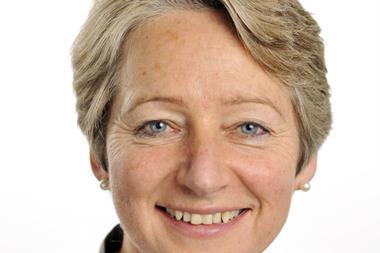
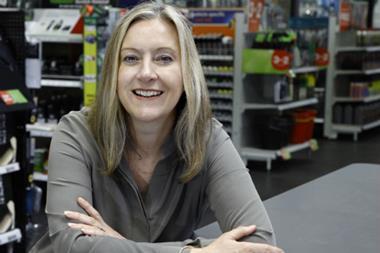

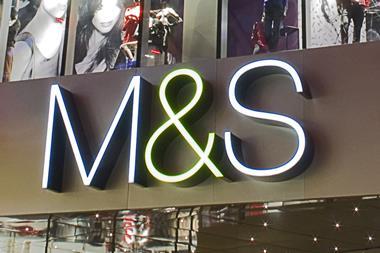
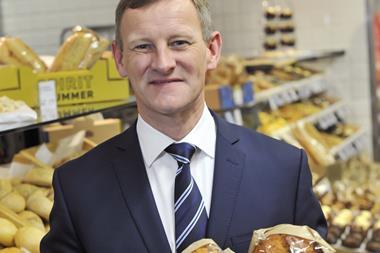
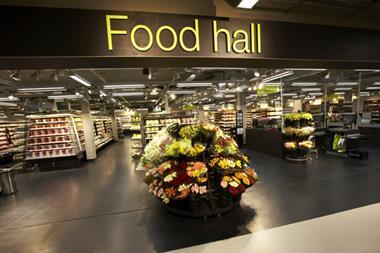





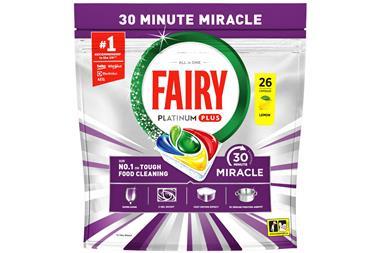
No comments yet